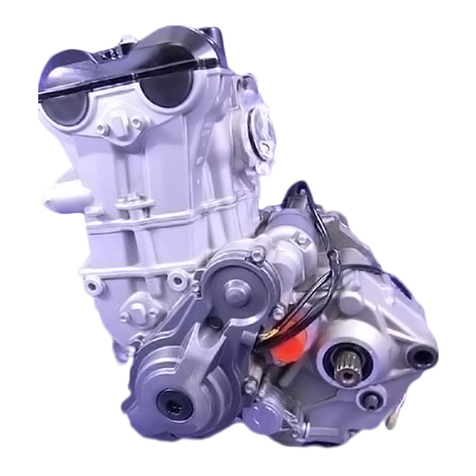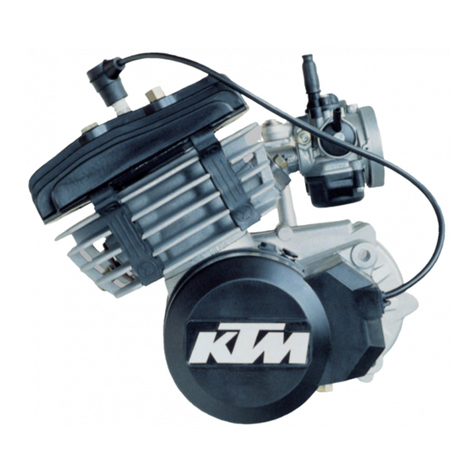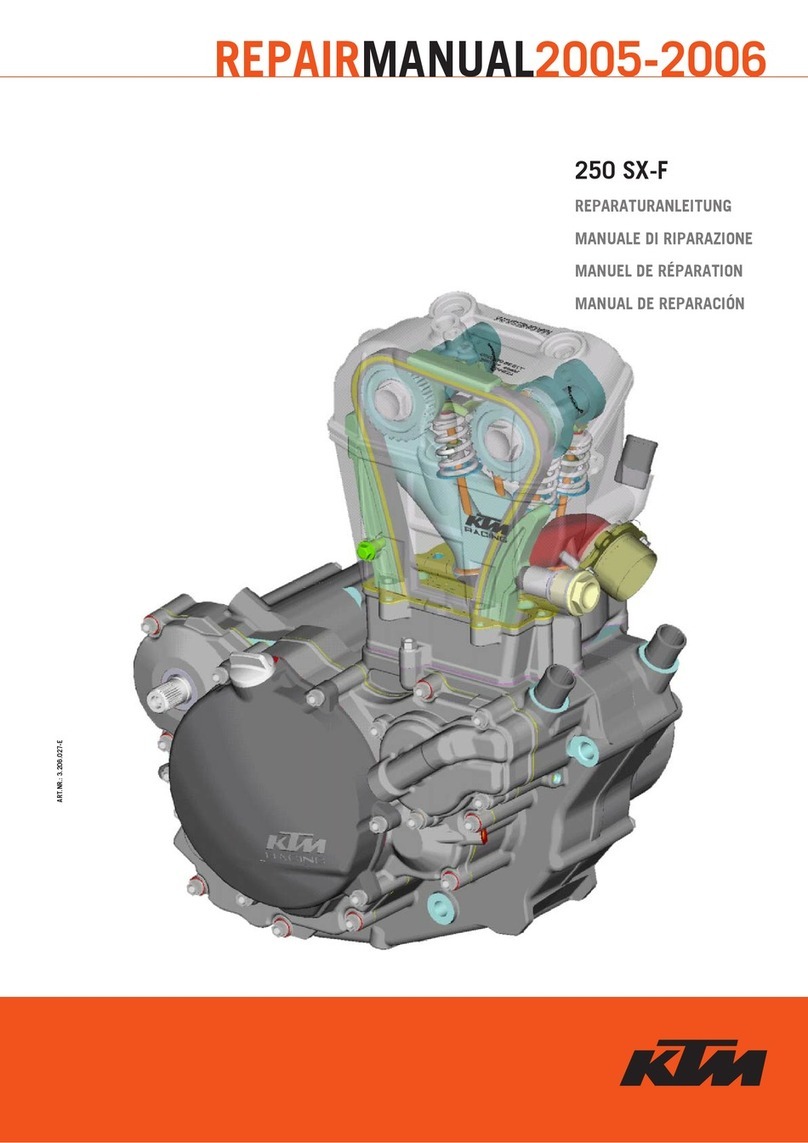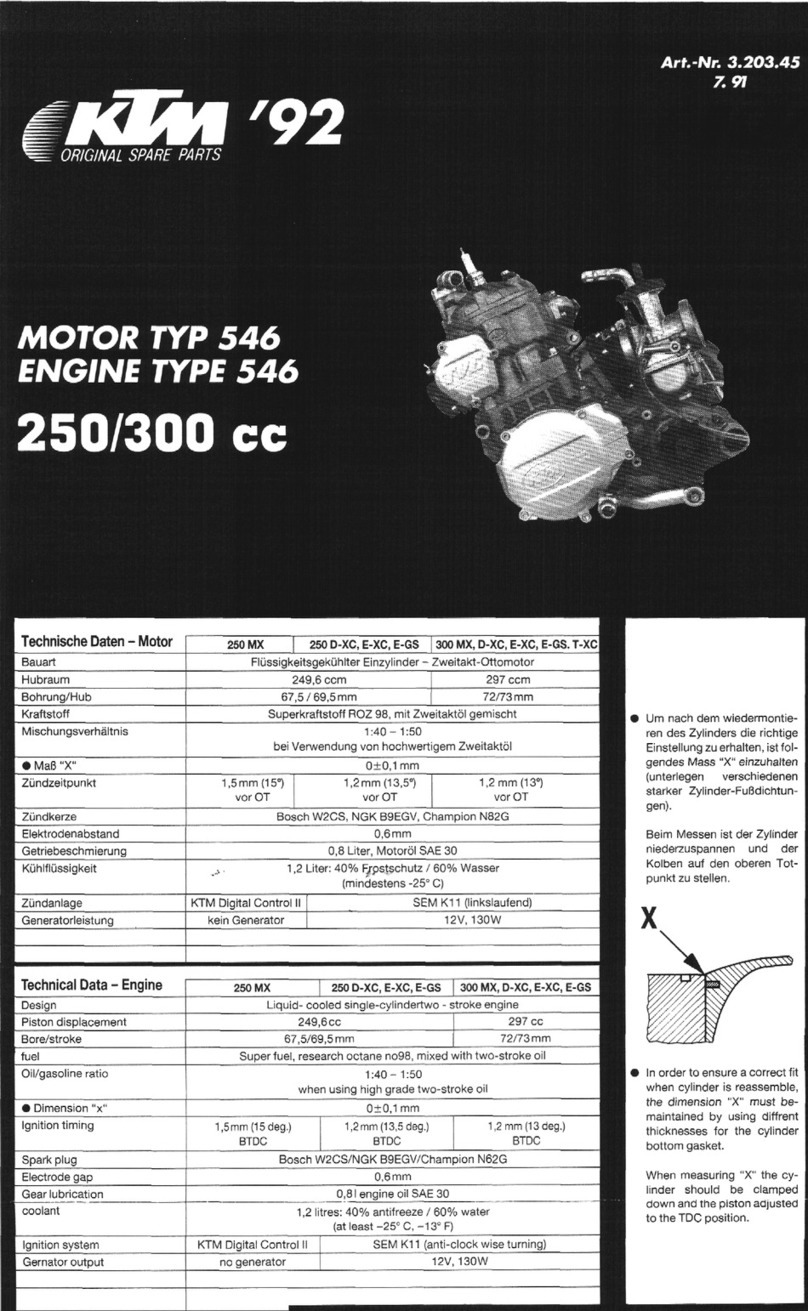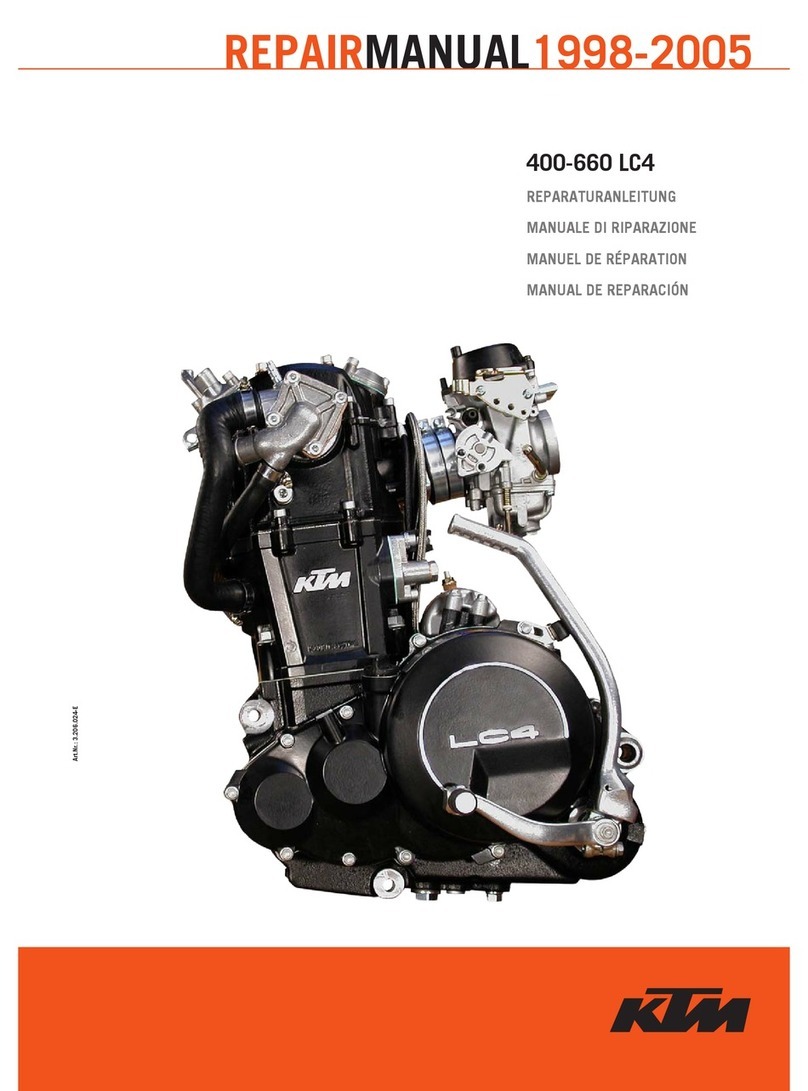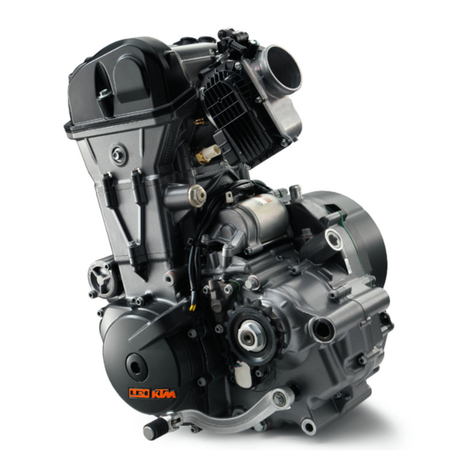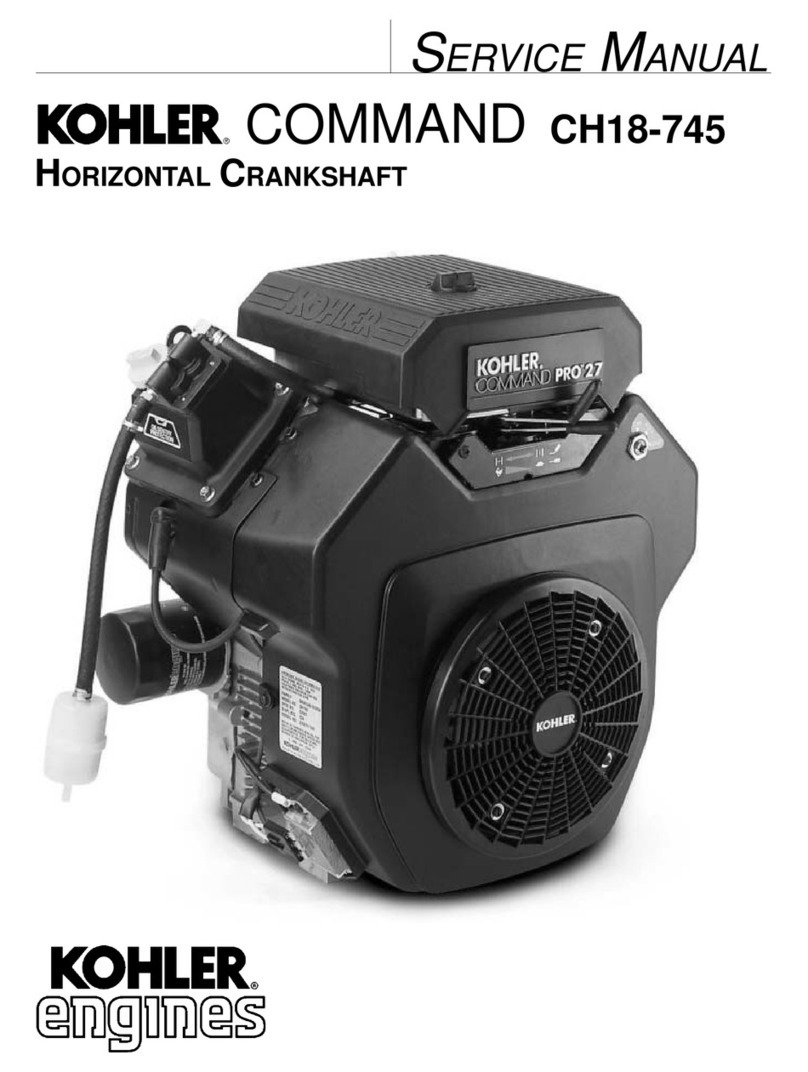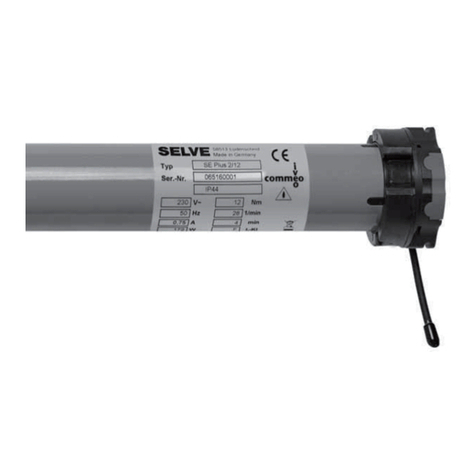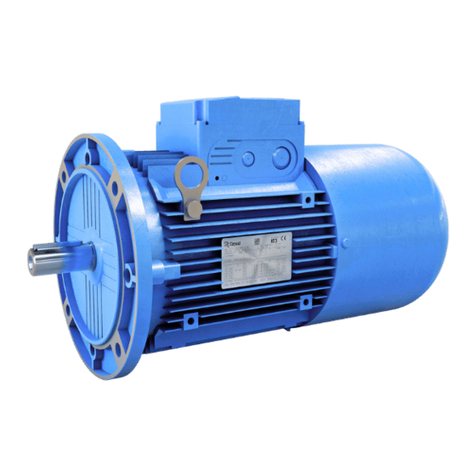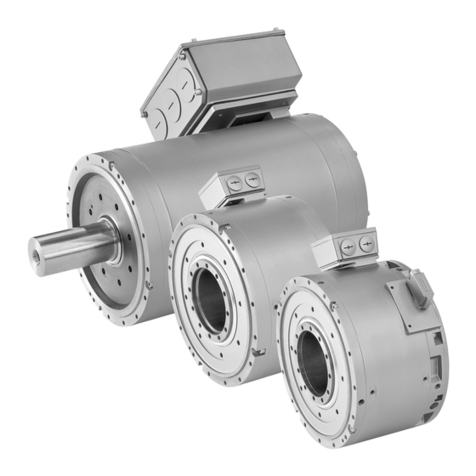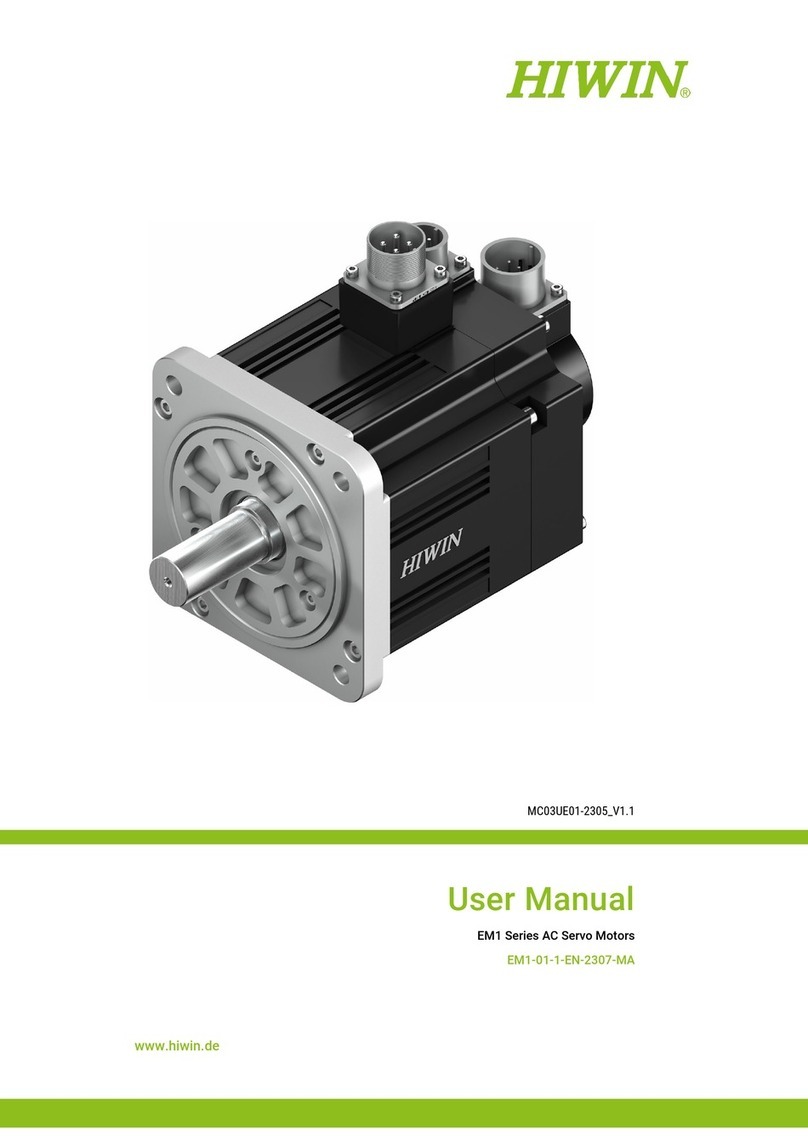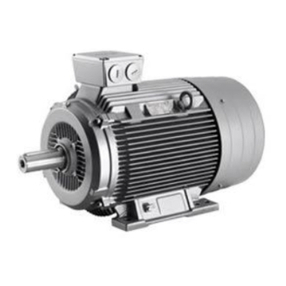Repair manual KTM 250 / 300 / 380 Art No 3206004 -E
Remove page (s) Replace by page (s) Insert page (s) after page
2-1 to 2-4 2-1C to 2-6C
3-4 3-4C
4-1 to 4-9 4-1C to 4-8C
5-1 5-1C
5-4 5-4C / 5-5C
5-13 to 5-14 5-13C to 5-14C
7-1 7-1C 7-5C to 7-10C
9-1 9-1C 9-37C to 9-42C
10-1 10-1C 10-6C to 10-8C
11-1 11-1C 11-14C to 11-16C
IMPORTANT INFORMATION/UPDATING INSTRUCTIONS
To be able to continue using the existing loose-leaf repair instructions, simply print the following
pages and insert them in the existing repair instructions:
14-20, 26, 28-36, 37, 41, 42, 50, 51, 67, 72-77, 83, 121-126, 127, 134-136,
137, 151-153
KTM REPAIR MANUAL IN LOOSE-LEAF FORM
STORING THE REPAIR MANUAL IN THE BINDER
–Put the index into the binder.
–Put the front page of the repair manual (210x297 mm) into the transparent pocket provided for
this purpose on the outside of the binder.
–Put the spine label (170x45 mm) into the transparent pocket provided for this purpose on the
spine of the binder.
–Put the summary list of contents (150x297 mm) into the transparent pocket provided for this
purpose on the inside of the binder or insert this page on the beginning of the manual.
–Then insert the individual chapters of the manual between the sheets of the index according to
the page number printed in the right bottom corner of each page.
Example: page no. 3-5 3 = chapter 3 5 = page 5
All pages with a page number that begins with the digit 3, for example, must be put under the
index heading „Chapter 3“.
–Index sheets that have not been marked with a certain chapter are for your personal convenience.
The respective headings can be entered in the list of contents.
